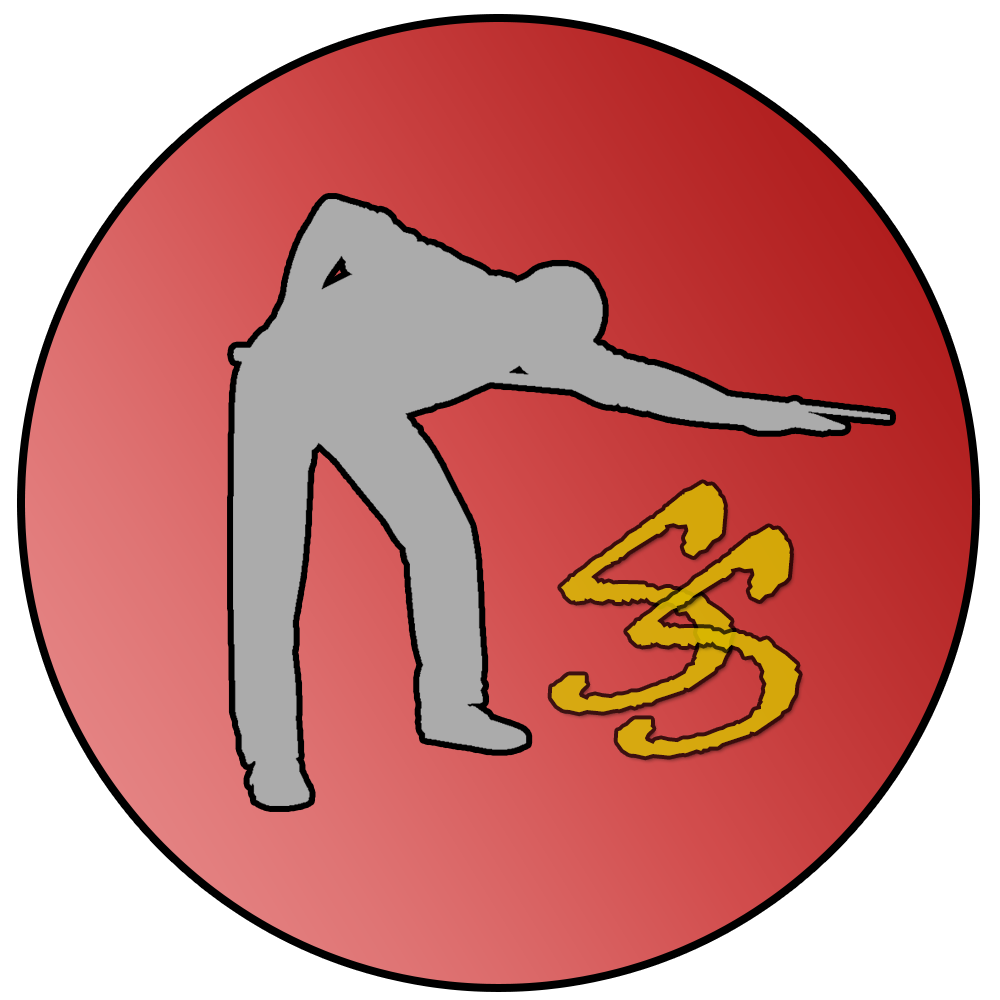Maybe you’re one of the few that has their own table. Or perhaps one of the individuals that have their own club with a multitude of tables. Or you’re just curious about the general upkeep of a 12ft 6in snooker table. Regardless of which category you fall in, you may find some useful tips for the maintenance of a snooker table which may help you currently, or if you plan to purchase a table at some point in the future.
Firstly, why does a snooker table need to be maintained? In short, failing to effectively maintain a snooker table will result in a shorter lifespan, unpleasant playing experience and increasing expense for your already costly hobby. A poorly maintained table will lead to significant wear-and-tear in the cloth, reducing the smooth nature of the playing surface required to allow the balls to run in a straight line. So what can be done to extend the condition and longevity of your snooker table?
• Brushing the cushions
Start with the rails and brush in the direction of the cloth (this generally is from baulk to black end). For the shorter rails, you can feel the direction of the nap with your hand and then brush accordingly. Ensure you use a brush that doesn’t have bristles which are too tough to reduce any damage done to fibres
• Brushing the table
Using the same brush, in the direction of the nap (baulk to black) brush any chalk dust from one end to another. Ensure firm strokes where the brush doesn’t leave the table, as opposed to brushing and flicking where dust will rise then fall back on the cloth. Make sure the whole table is brushed and once this is done, you can brush away the dust using the black cushion, or use a handheld vacuum
• Napping/Blocking the cloth
If you don’t have a specialised block tool, then you can wrap a clean and lightly dampened cloth around the flat end of your brush. Alternatively, as Barry Stark suggested, you can use any excess table cloth wrapped around the brush. In a similar manner, brush the table firmly end-to-end ensuring that there aren’t any line markings left over. The best way to ensure this is to overlap your previous strokes until the whole table is blocked
• Ironing the table
It’s recommended that you use a specialised iron for this stage of the process such as a Dowsing, but some may not have access to that kind of equipment. If you have a specialised iron, similar to blocking, ensure that you slightly overlap each time to reduce the chances of leaving any tram lines. This should be done in a continuous motion from end-to-end. And start ironing as soon as the metal hits the bed to avoid burn marks. You do not need to iron the cushions
If you plan on using a domestic iron, you can turn the steam off, switch to a wool setting and still get reasonable results. Before ironing the cloth, test the iron on a piece of paper to check the temperature. If the paper burns, then the iron is too hot for the cloth. Ideally, there should be no visible change
• Respect the table
More so a human factor than equipment, but treat the snooker table less like a pool table. Barry Stark explains it really well in his ‘Table Care Part 1- Respect the cloth’ video but be more gentle with the table. An example of this is not dropping the reds into the triangle, rather forming a general triangle with your arms, then placing the triangle over the reds. Similar to spotting colours, gently place the ball near its spot then roll it into place as opposed to dropping it on its spot. This reduces the chances of indentation and is how the professional referees spot the balls
Ideally, you should care for your table each day but it also depends on how frequently you use it. However, regular maintenance of your snooker table should lead to a longer lifespan, better playing experience as well as a reduction in cost spent on getting a professional to replace the cloth. If you look after your snooker table, your table will look after you.
A useful post from a member of the Snooker Forum in 2010:
Like this Short? Click here to read: Why are snooker tables heated?
Have an idea for a Short post? Feel free to get in touch using the social media links below! Thanks for reading!










